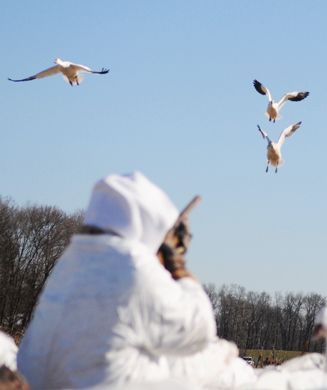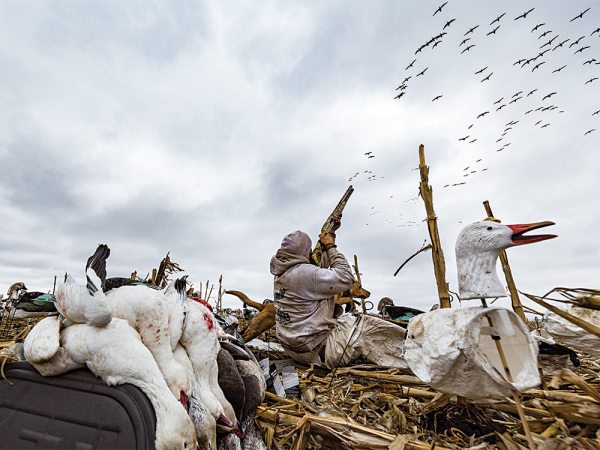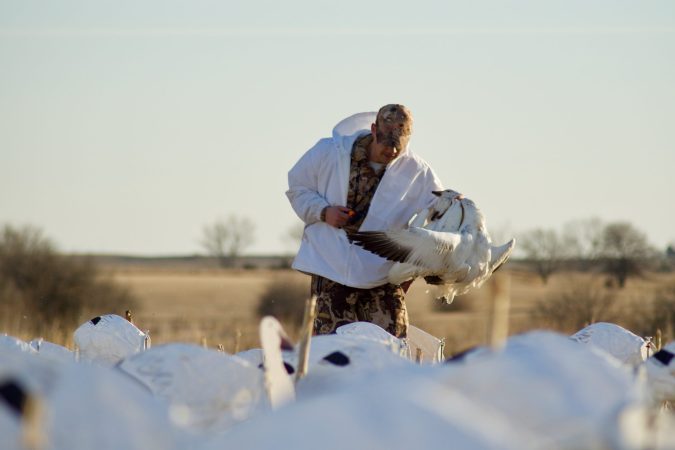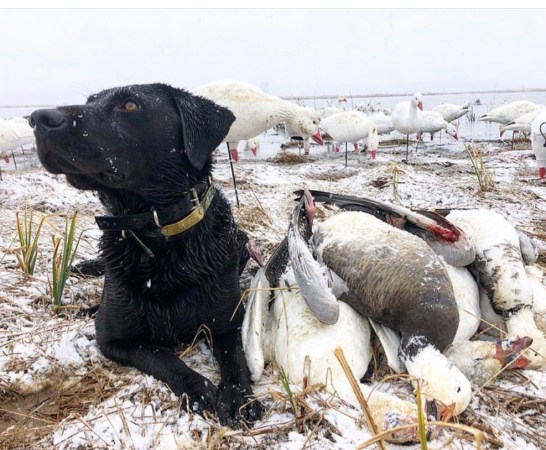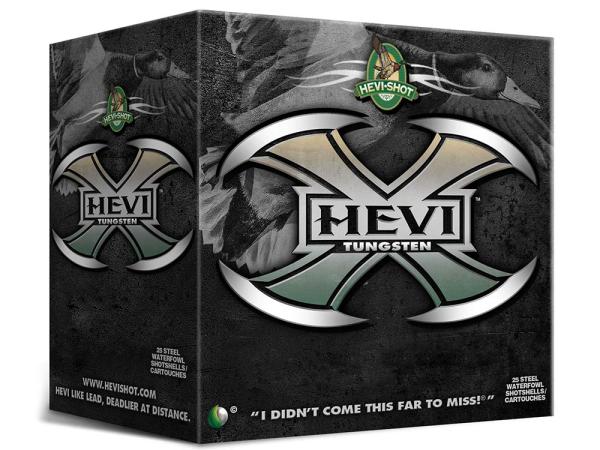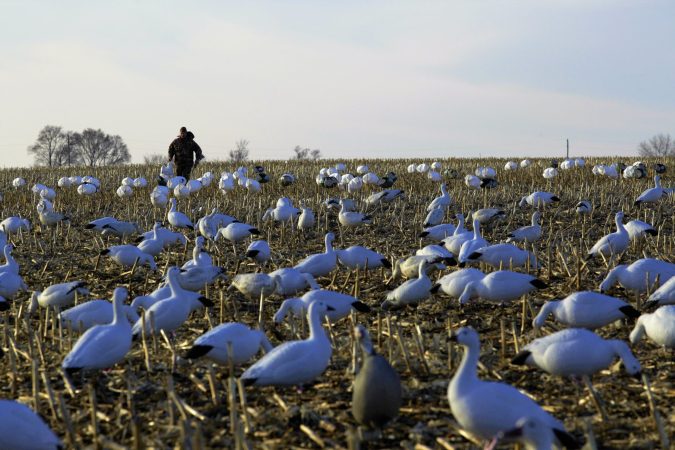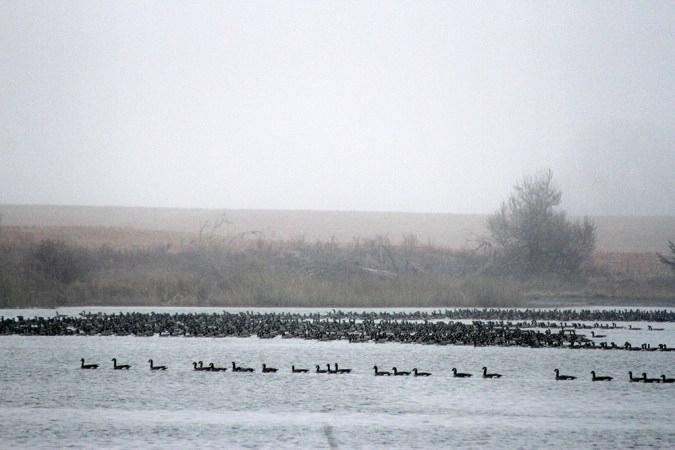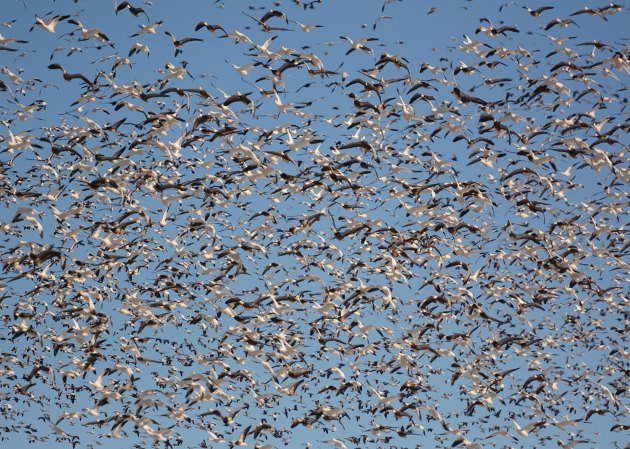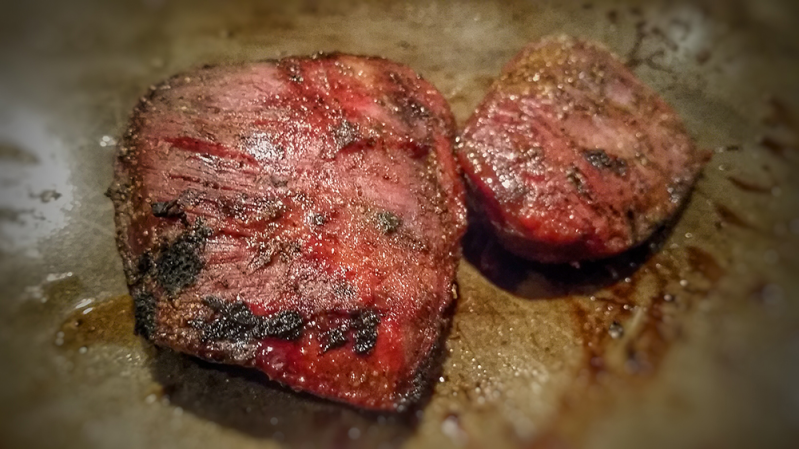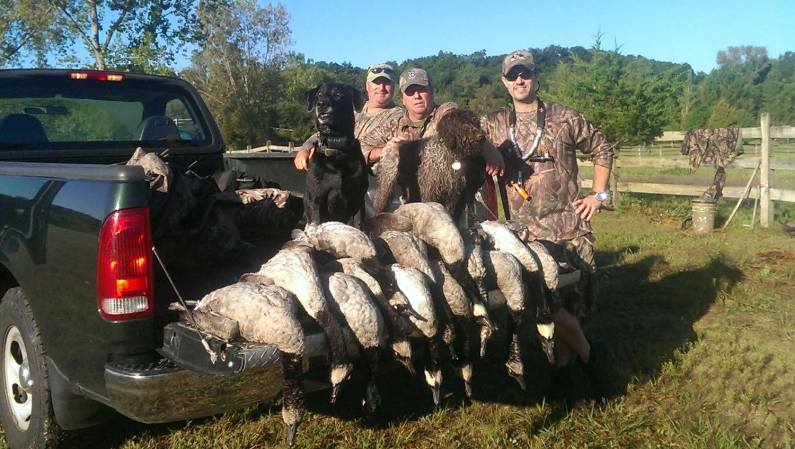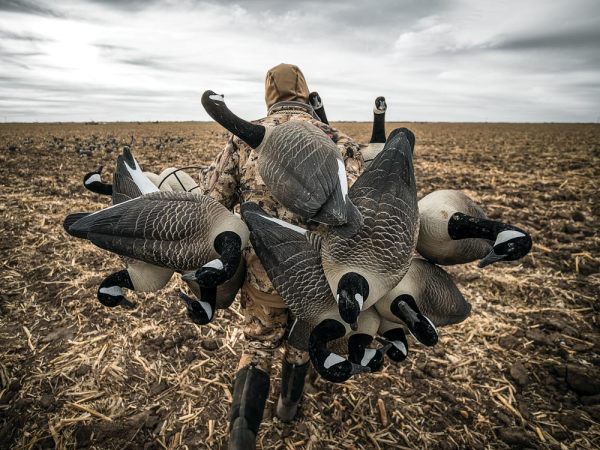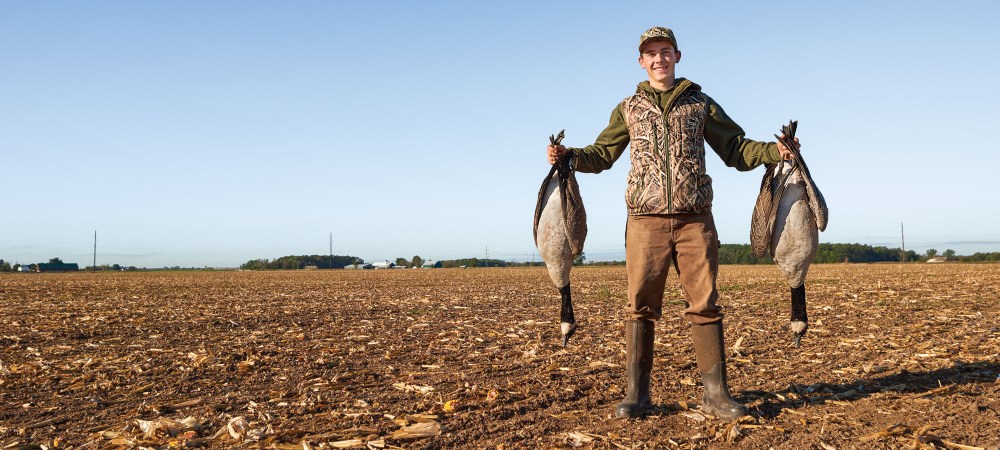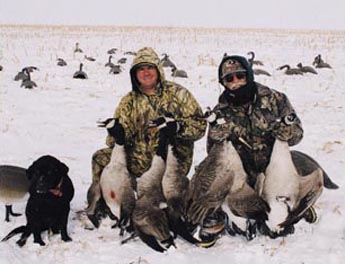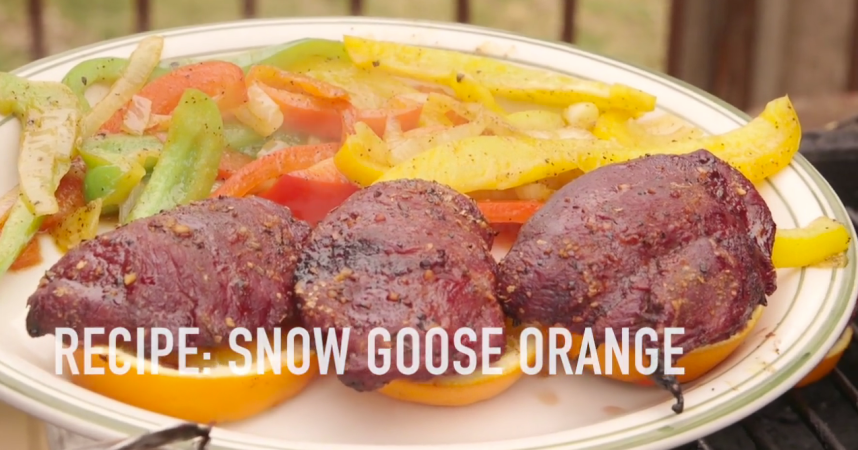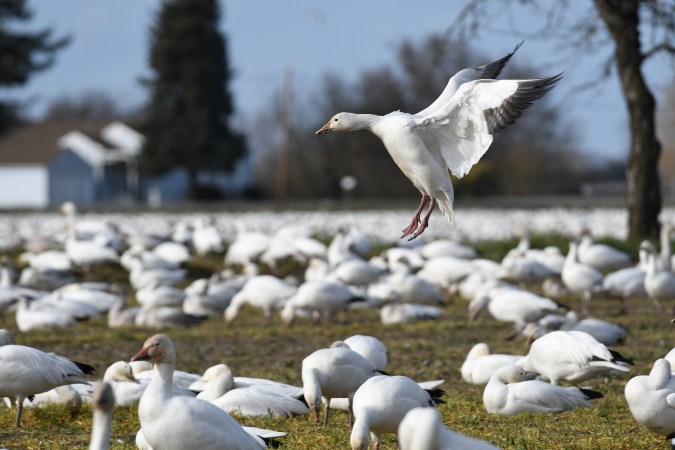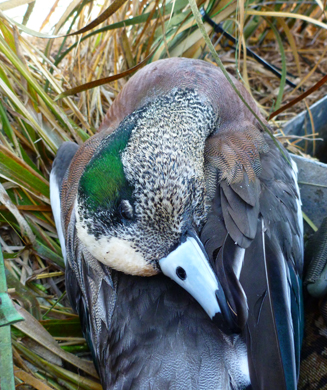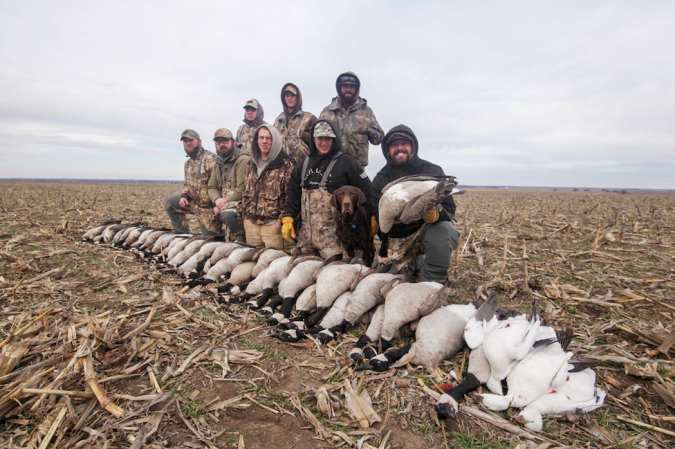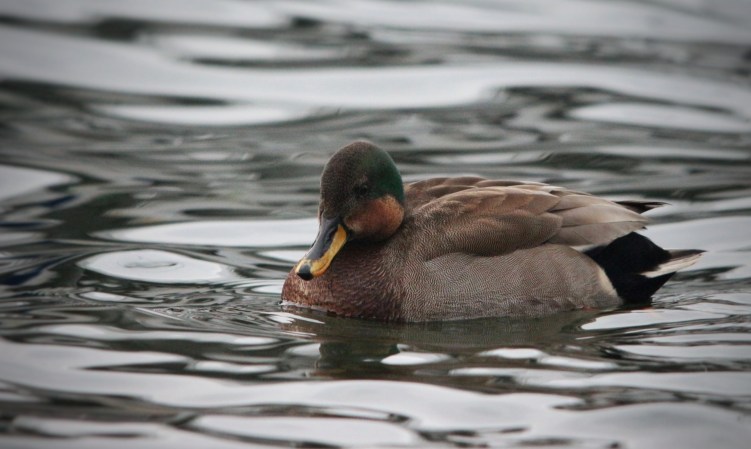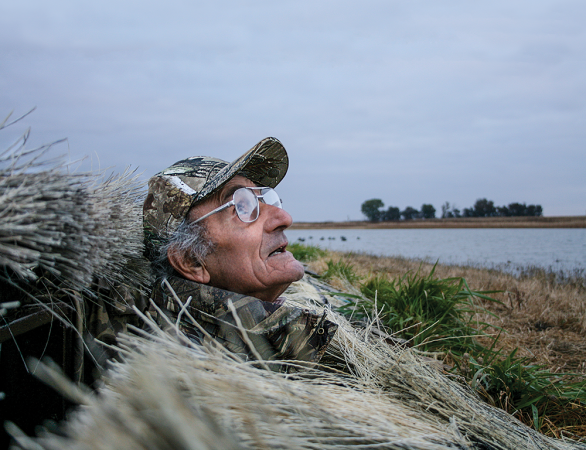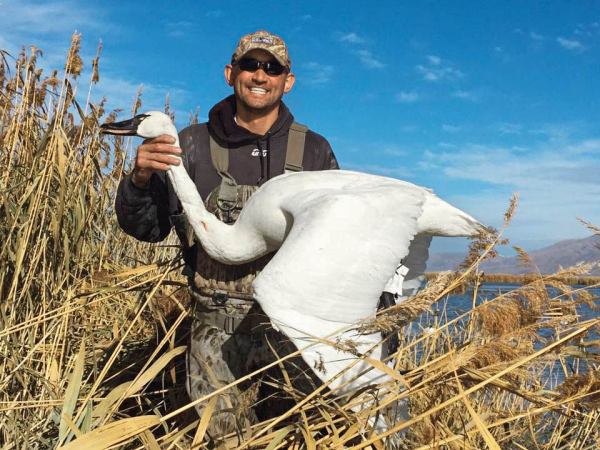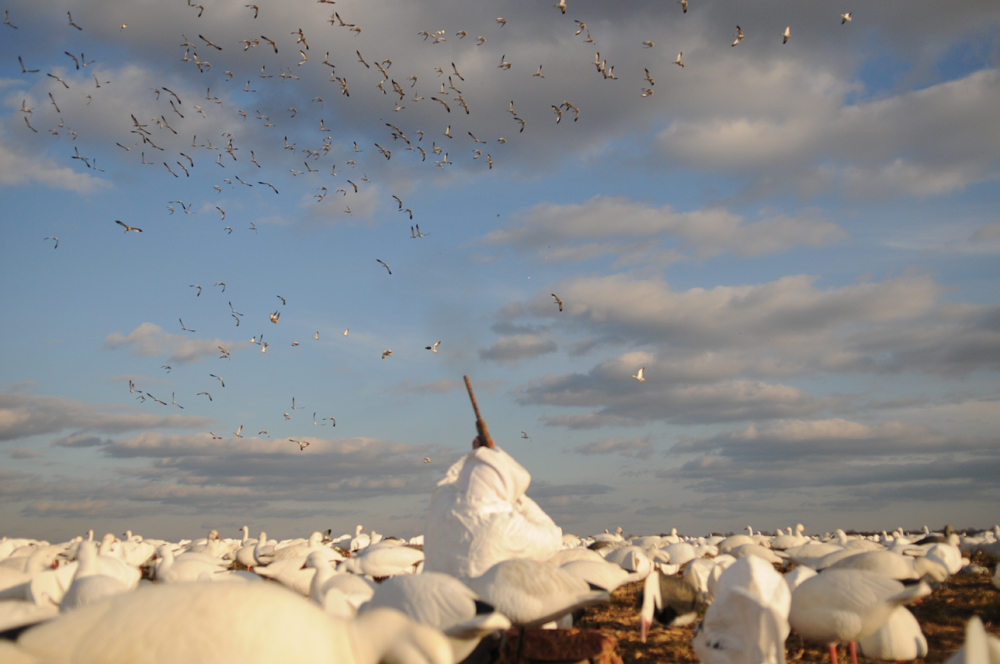
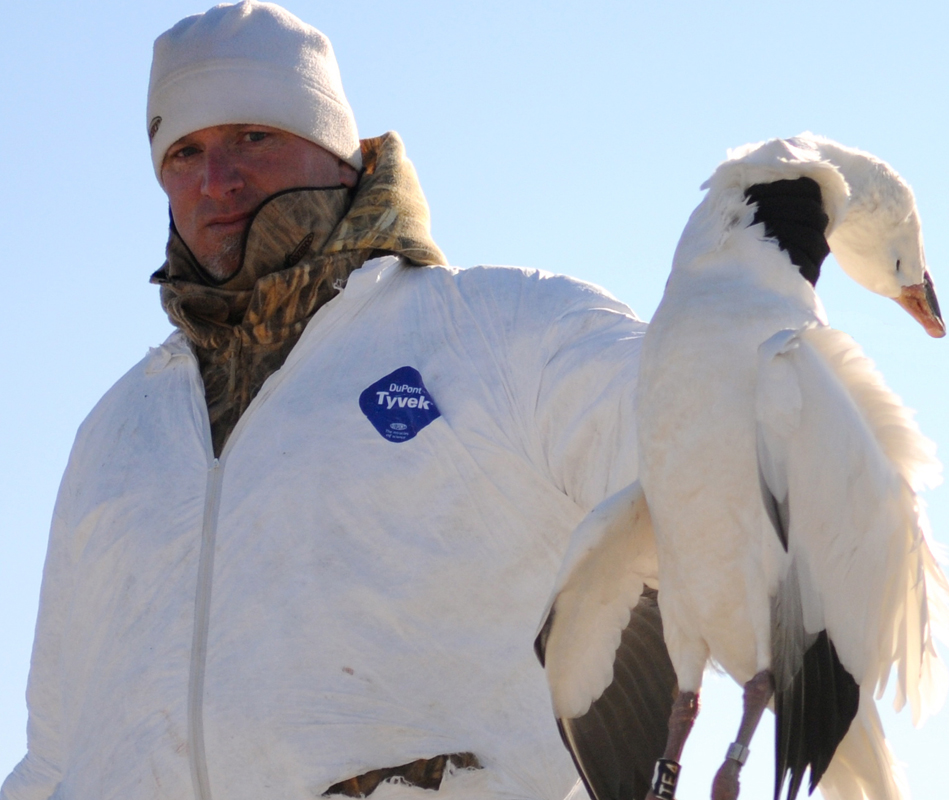
Like respectable junkies, Addy (pictured) and I rendezvoused at 3 a.m. in a deserted parking lot. I threw my gear into his pickup and we took off for the field a good three and a half hours before sunrise. But we had no time to waste. The first thing Addy had to do was get seven hunters to a cut cornfield in the middle of nowhere Pennsylvania. We were hunting early March and with the unseasonably warm winter, the birds were headed north by the thousands. By scouting and contacting hunting buddies along the flyway, Addy knew there were geese in the area, but in a matter of days, or even hours, they could take off for New York and then take the express flight to Canada. A sudden snow storm, a turn in the wind or a shift in hunting pressure could not only dictate what field we'd hunt in, but what state we'd hunt in. If you want to run in Addy's crew, you have to be mobile at the buzz of a text message. "There's a whole lot of phone calls to be made the night before. A lot of times we're not sure what we're doing until 10 at night, just coming up with the best option."
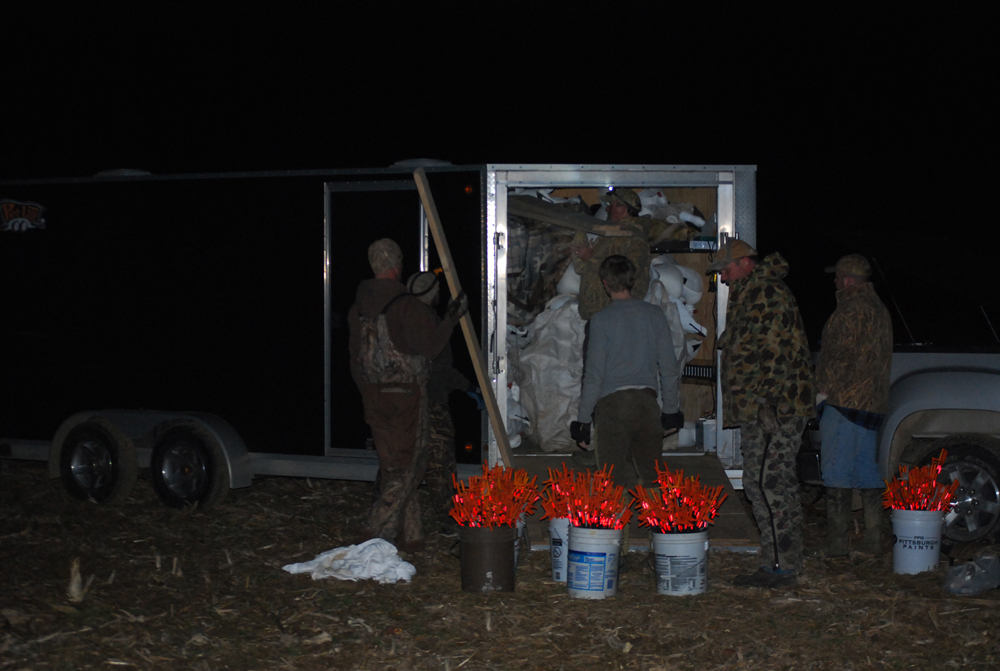
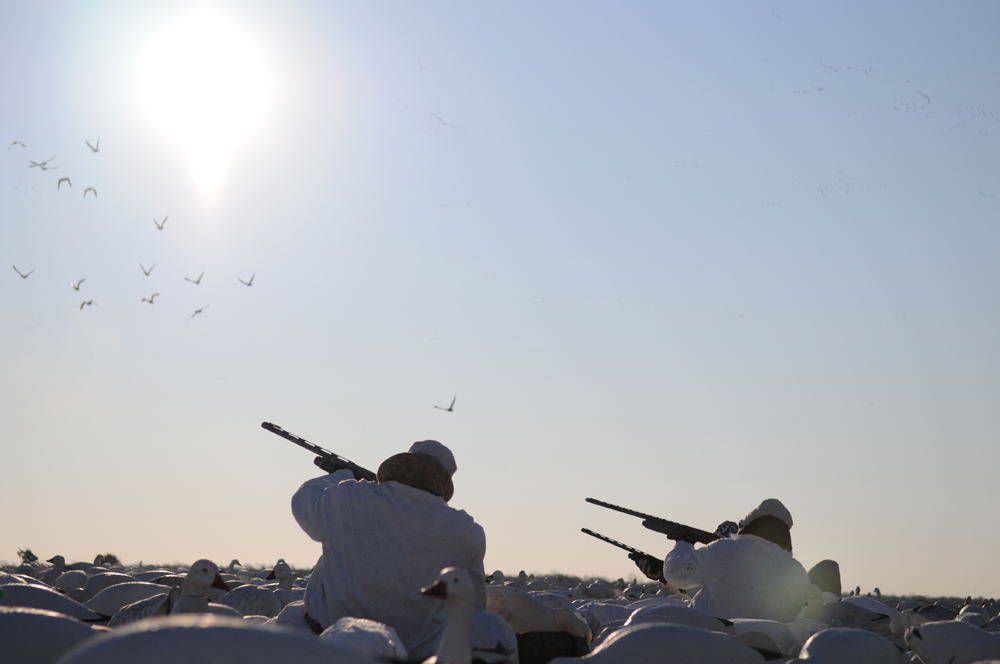
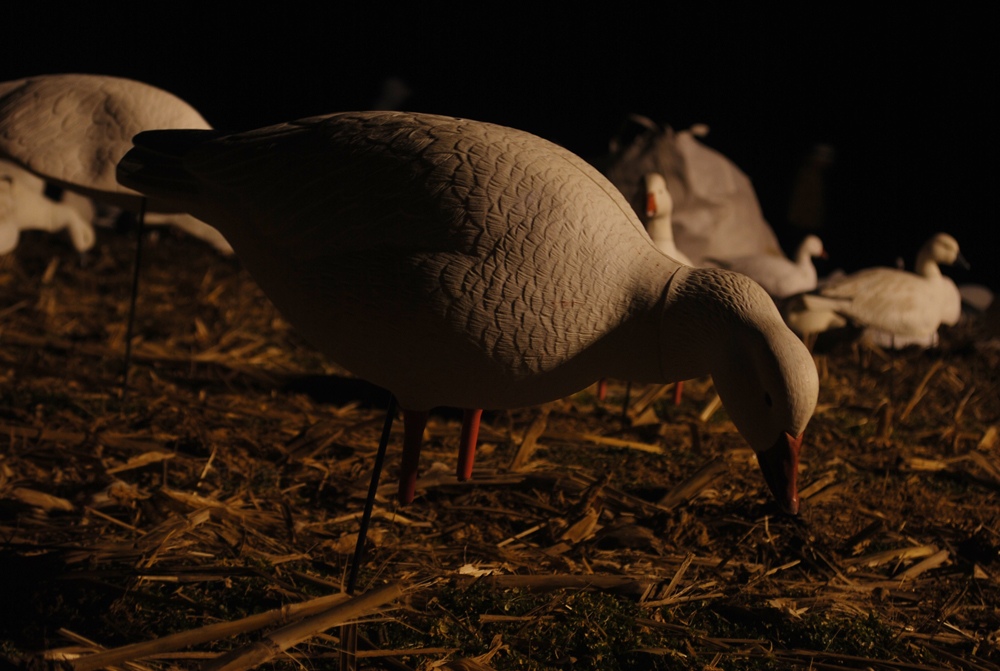
Kevin Addy is one of the nicest guys I've ever hunted with and one of the most willing subjects I've ever interviewed, but he protects the details of his decoy spread like they're old family secrets. Addy has spent years tweaking his spread and experimenting with different layouts (this sounds simple, but imagine convincing six of your friends to dedicate two hours at 3 a.m. to put out thousands of decoys just to see if it would work, only to find out that it didn't and then get them to take another two hours at 6 p.m. to pick all the decoys back up again). The key to Addy's success is that he's able to set rigs that are different than what other hunters are using. "If other guys start copying what I'm doing, it won't be different anymore and it won't work as well," he said.
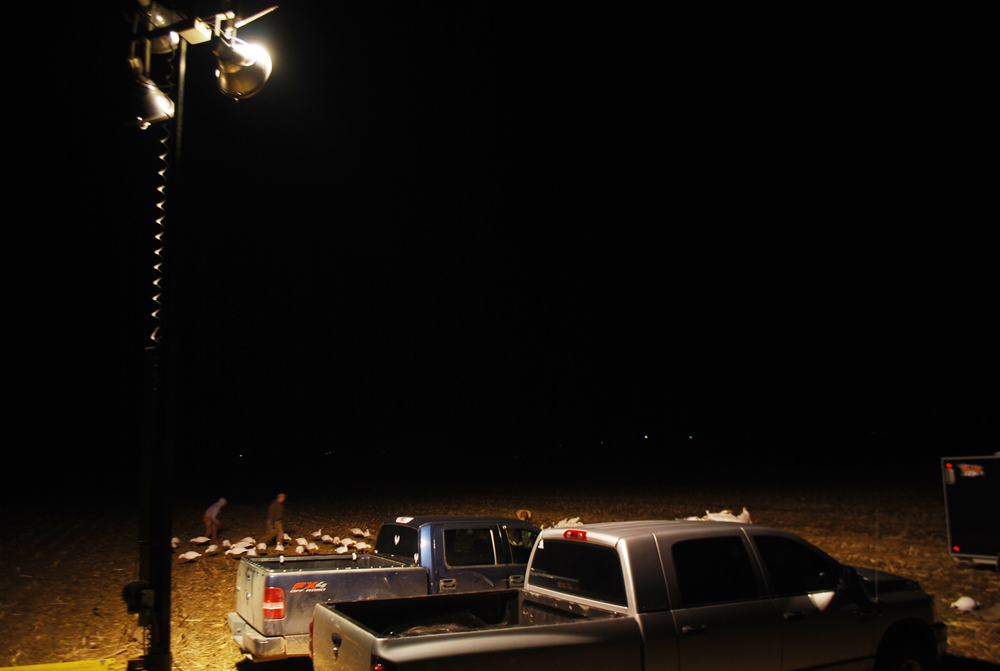
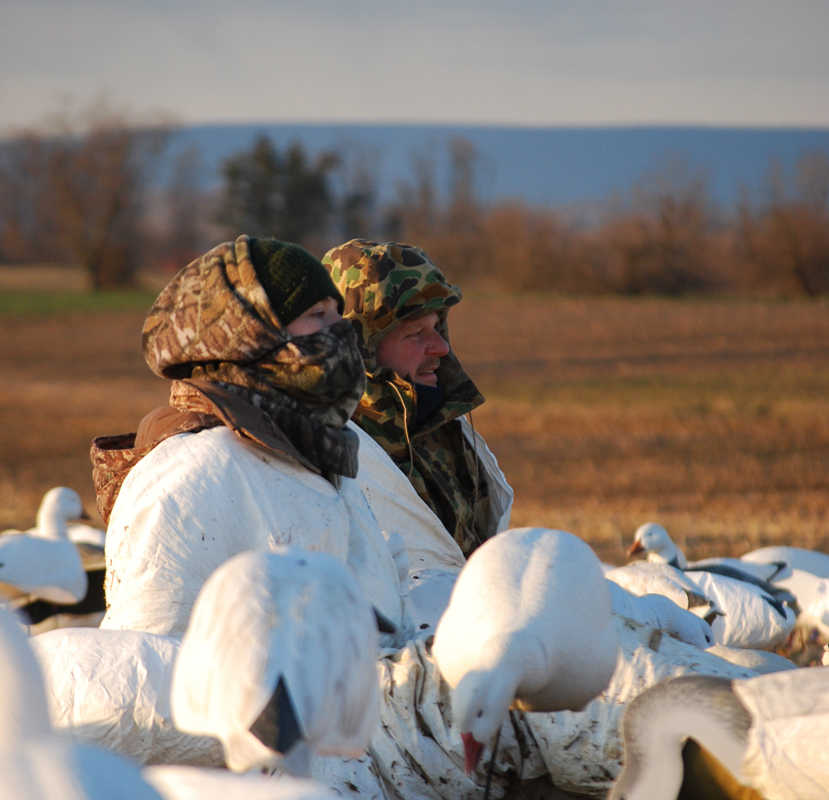
But why such insane detail? Covered in white, wearing a facemask, looking out over 1,000-plus decoys, with the electronic caller honking away, I couldn't help but wonder … isn't this all a little overkill? But then the birds started to get up, thousands of them. Hungry from their night lounging at a nearby refuge, they pulled up over the hills looking for somewhere to eat. They cruised by the hundreds over the top of us. Some flocks flew by casually giving us a curious look, others rocketed up into the stratosphere hellbent for Greenland. Eventually a small flock of half a dozen decided to give us a close look. They dropped straight down out of the sky and then started circling just out of shooting range. They locked up, held steady in the wind and hovered at a position where you could lie flat on your back and look them in the eyes. They critiqued every inch of our spread like six noisy, judgmental mother in-laws.
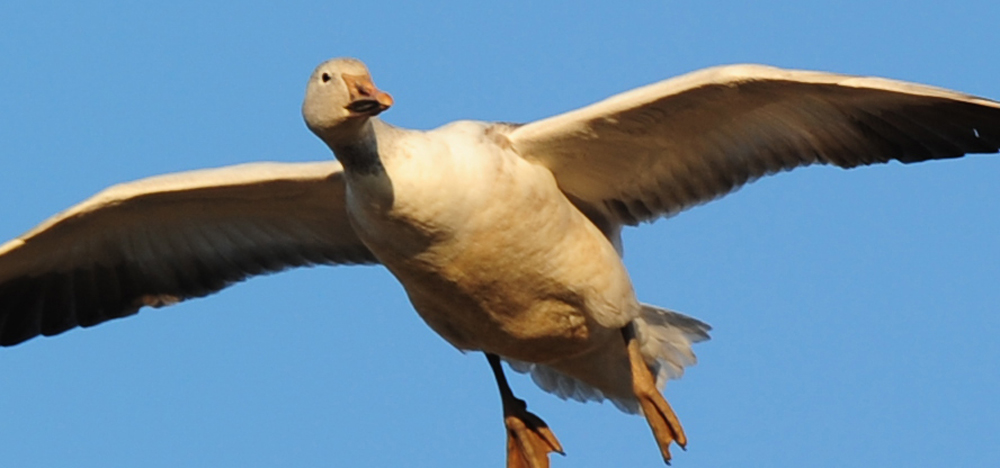
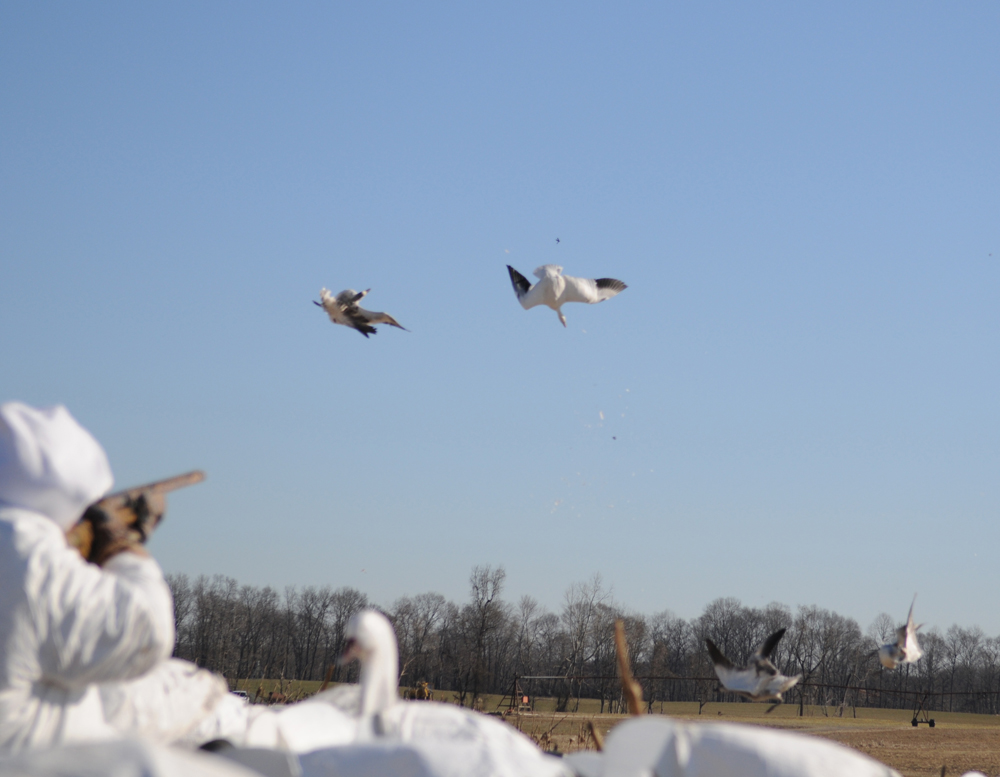
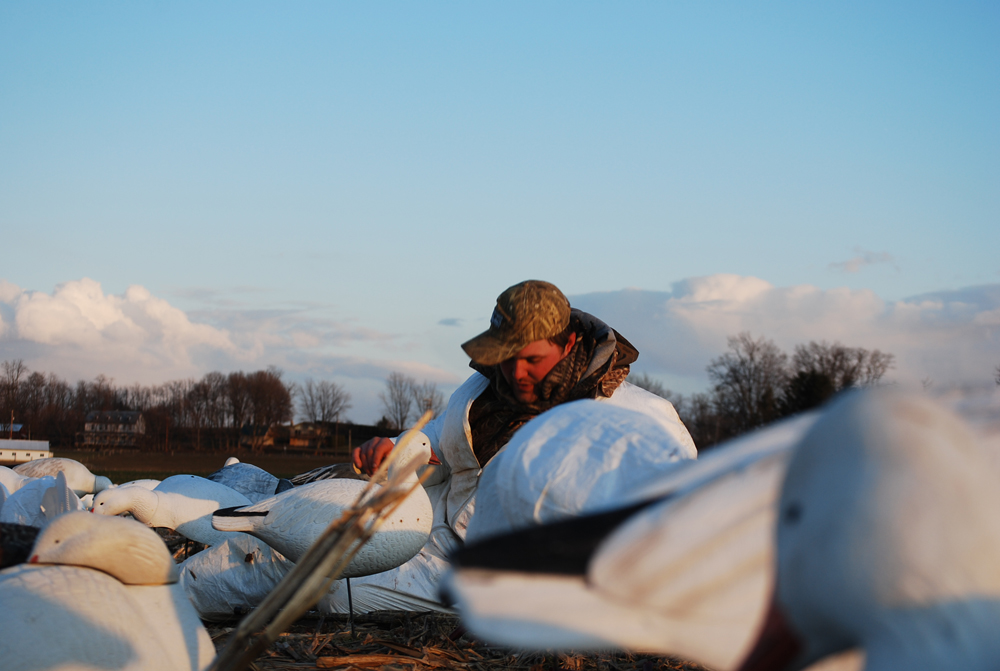
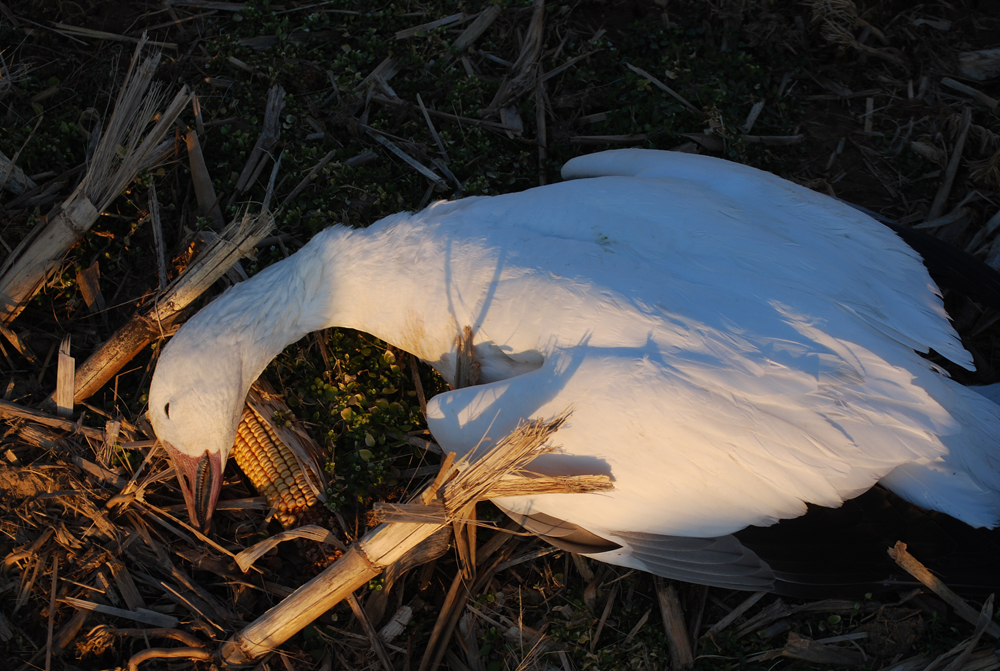
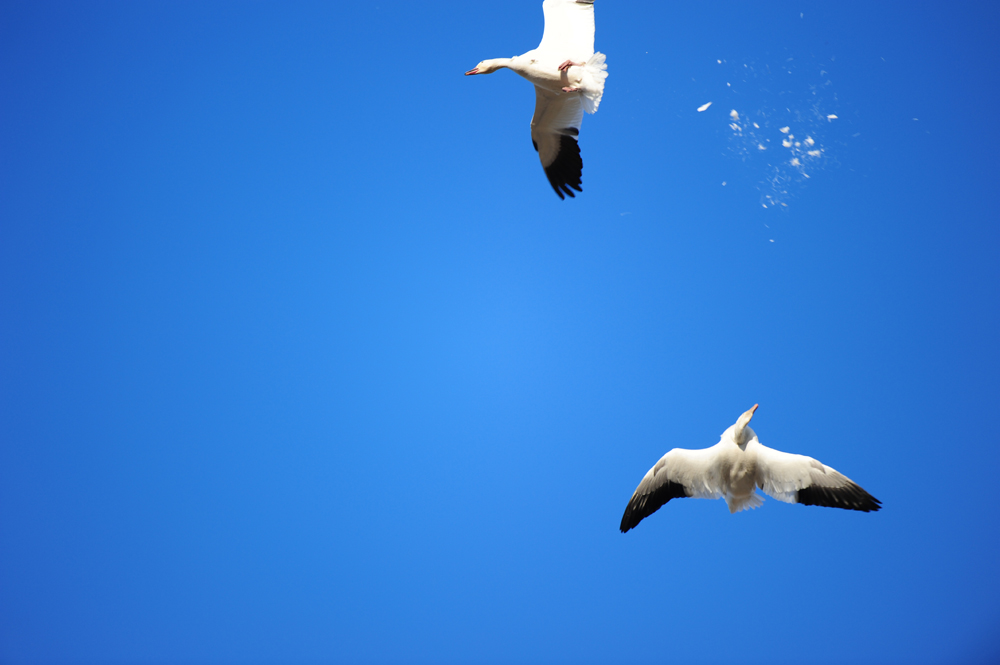
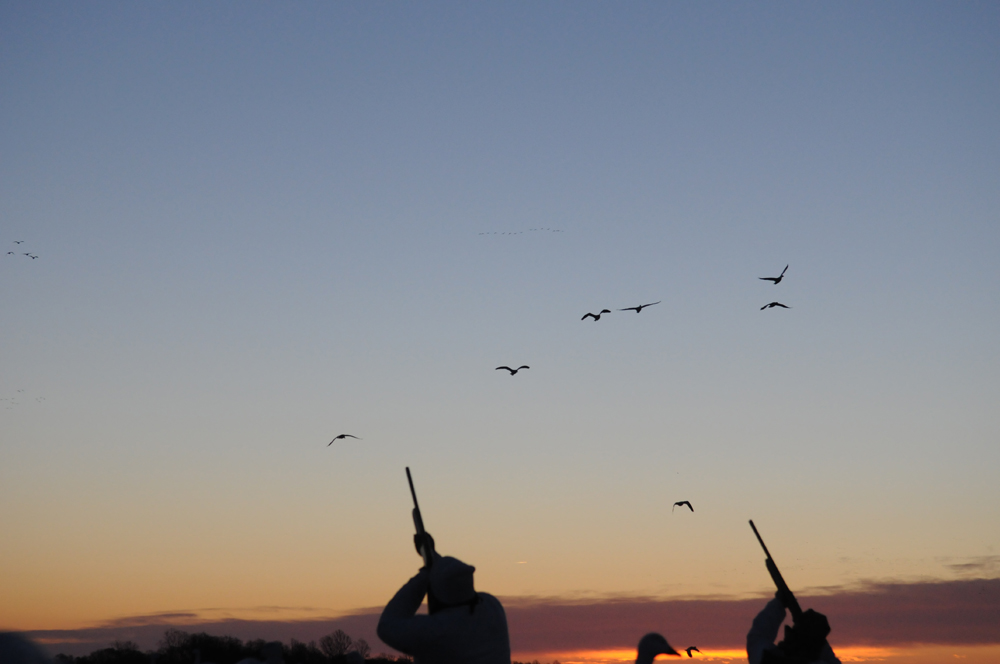
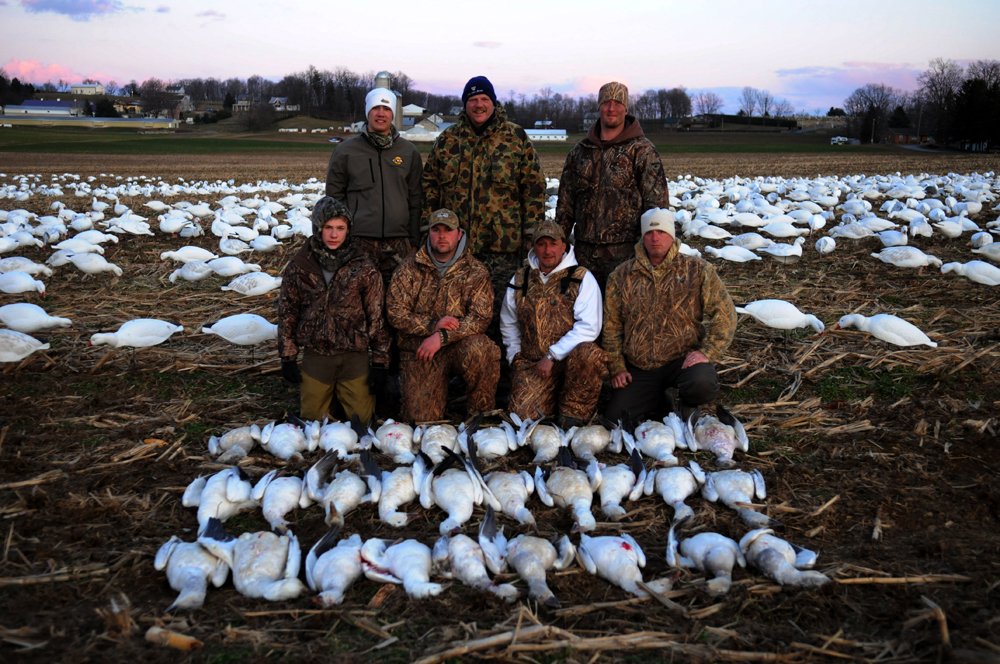
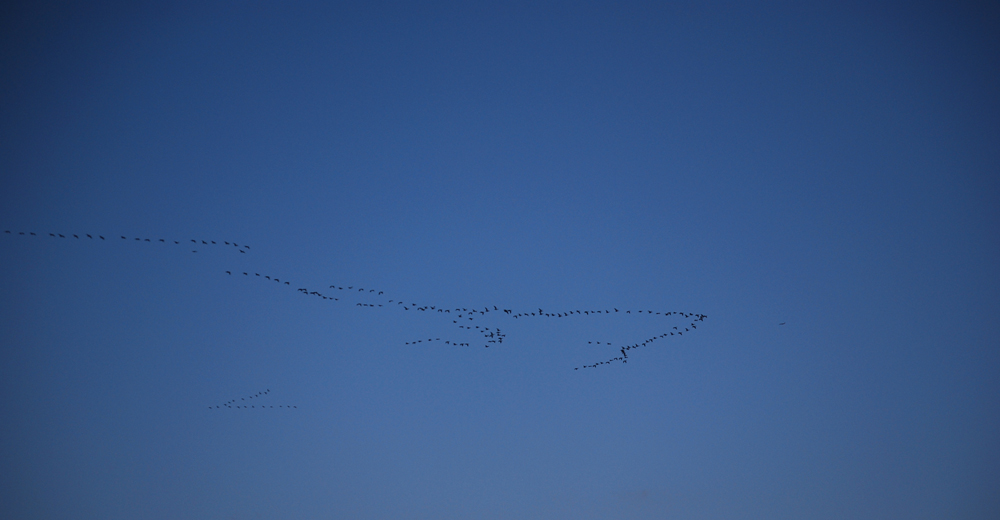
Online Content Editor Alex Robinson tags along with Kevin Addy and his snow goose crew. Addy has dedicated his life to figuring out the puzzle of hunting snows along the Atlantic Flyway.

